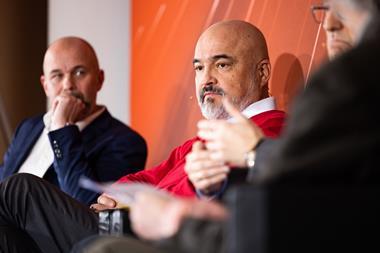
 A Guide to Olympus’s Coating Measurement Solutions
A Guide to Olympus’s Coating Measurement Solutions
Coatings come in all shapes and sizes – and so do coating inspection technologies. Ultrasound, X-ray fluorescence, eddy currents and microscopy all offer coating inspection capabilities, but their suitability depends on the type of coating.
Find out the best destructive or non-destructive techniques for thin coatings, multi-layered coatings, and complex coatings to enhance or speed up inspection workflows.
Manufacturers apply coatings to their products for a variety of reasons, most commonly to improve their appearance or for protection. Adding a protective coating to a product can dramatically improve its lifetime as it forms a barrier against physical damage, but also against air and humidity.
One of the key parameters of a coating is its thickness; a coating with a higher thickness can offer better protection against sudden damage and longer protection against gradual wear. Therefore, thickness measurements are a benefit, both to quality control during manufacturing and to in-service inspections.
There is a range of different techniques available that can measure the thickness of a coating. Some commonly used techniques for inspection are ultrasound, X-ray fluorescence, eddy current testing and microscopy. Each technique suits different coatings and products due to its unique benefits and drawbacks.
[vfb id='2']Read the privacy policy




































